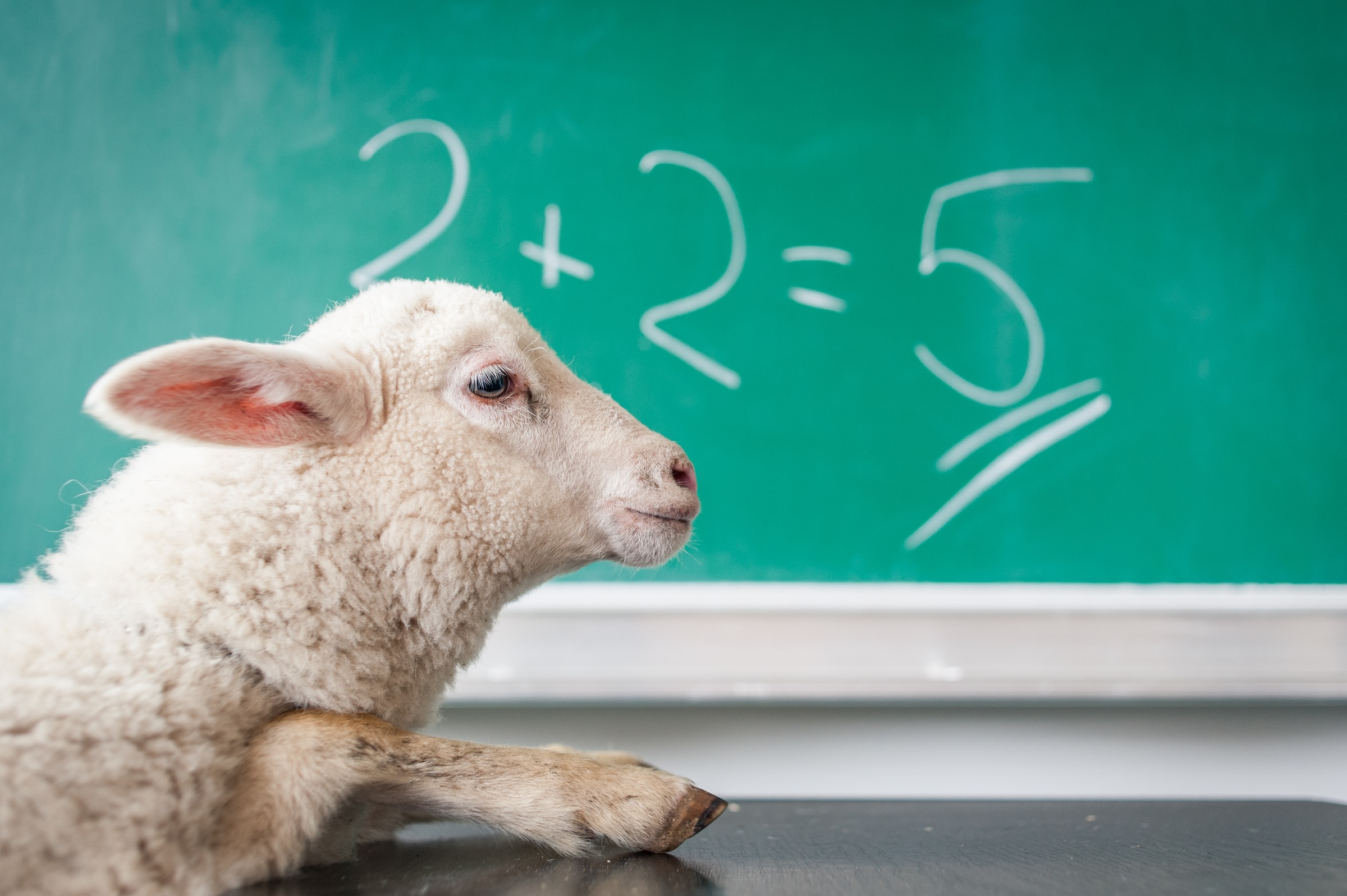Have you ever heard of groups of English verbs? If not, continue reading, because today we will classify English verbs into groups and subgroups for you to learn them faster and more efficiently.
Well, in fact, verb groups are connected with English verb forms. There are verbs which are used in complex grammar tenses simply to provide the right structure, like “have, is, were”, such verbs are named auxiliary verbs. And all the other verbs are named main verbs, like “go, think, sleep, eat, etc.”. So, we can divide all English verbs into two groups: “main and auxiliary”. Great! Now we can divide each group into subgroups. Let's talk about them separately.
Main verbs
We can divide main verbs into:
- action verbs;
- state verbs;
- linking verbs;
Let us start with finding the difference between action and state verbs. Action verbs describe an action, in other words, what a subject can do, for example: “go, eat, swim, draw, etc.”. State verbs describe a state of mind, like an opinion, preference, sense or emotion, for example: “like, feel, see, doubt, etc.”.
All linking verbs are state, because they all do not express an action. These verbs can be used in two cases. Firstly, they can define the subject, then they should be followed by a noun or a noun phrase. For instance: “They are friends (verb + noun). They are our friends (verb + noun phrase)”. Secondly, they can describe the subject, so they should be followed by an adjective or an adjective phrase: “She seems happy besides him (verb + adjective). She seems so happy besides him (verb + adjective phrase)”.
Auxiliary verbs
We can divide auxiliary verbs into:
- primary auxiliary;
- modal auxiliary;
There are just four primary auxiliary verbs:
- be;
- do;
- have;
- will;
Auxiliary verbs are also known as “helping verbs” because they help us build sentences in different grammar tenses. Remember that all auxiliary verbs require the use of a main verb: “I can drive a car. You must stay at home. She was sitting on the sofa. They have been to Rome before”.
The primary auxiliary verb “be” has these forms: “be, am, is, are, was, were, been, beeing”. The auxiliary verb “do”: “do, does, did, done, doing”. The auxiliary verb “have”: “have, has, had, having”. The auxiliary verb “will” has two forms: “will” and “would”.
There are more modal auxiliary verbs than primary auxiliary verbs. Modal auxiliary verbs include: “can, could, shall, should, may, might, must, ought to, have to, will, would”.
Finally, we have divided English verbs into two groups - “main and auxiliary”. We also know that there are action, state, linking verbs. And auxiliary verbs can be primary and modal.
Note down! In general, you can find other classifications of verbs, there are also other divisions which are even more particular. But in this article, for not to have subsubgroups and to avoid futher confusion, we have classified English verbs this way.










Comments (0)